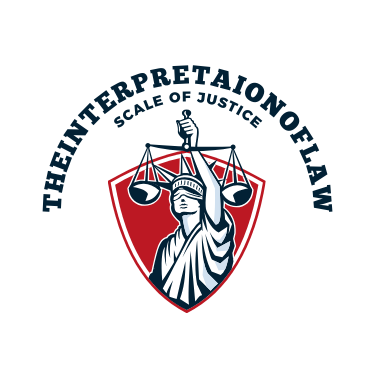In the labyrinth of the American legal system, the concept of bail bonds stands out as both a lifeline and a point of contention. For the uninitiated, understanding what a bail bond is and how it works is essential, especially for those who find themselves or their loved ones entangled in legal proceedings. In this comprehensive guide, we’ll unpack everything you need to know about bail bonds, from their basic definition to the complexities of their operation, and discuss the broader implications of the bail bond system.
Understanding Bail Bonds
At its core, a bail bond is a legal mechanism designed to ensure that a defendant appears in court for their trial after being released from custody. It acts as a financial guarantee to the court, where a specific sum of money is set based on the crime’s nature and the defendant’s circumstances.
The Role of Bail Bondsmen
Central to this system is the bail bondsman, a professional who provides the defendant with the bail money needed for release, in exchange for a fee — typically about 10% of the total bail amount. This service is pivotal for defendants who cannot afford the full bail amount on their own. It’s important to note that this fee is non-refundable, serving as the bondsman’s payment for their services.
A Global Anomaly
It’s intriguing to note that the commercial bail bond system is principally found only in the United States and the Philippines, making it a unique aspect of these countries’ legal frameworks. In other regions, bail may involve less financially burdensome conditions for securing a defendant’s temporary freedom until trial.
How It Works
The process begins with a bail hearing, where a judge determines the bail amount. This figure can range significantly based on the alleged crime’s severity, the defendant’s prior criminal record, and the likelihood of fleeing before trial. Once set, the defendant has several options, including paying the full bail amount, remaining in custody, or securing a bail bond through a bondsman.
The Bail Bond System in Action
Consider the hypothetical scenario of New York resident Melissa, whose bail is set at $25,000. Unable to pay this amount, she approaches a bail bondsman who covers the full bail in exchange for a $2,500 fee (10%) and collateral to cover the rest. Since Melissa attends all her court dates, the bail is refunded, and the collateral is returned, minus the non-refundable fee.
Collateral and Consequences
Collateral used in bail bonds can vary widely, including personal property like real estate, vehicles, credit cards, and even jewelry. This collateral is returned if the defendant complies with all court requirements. However, failure to appear in court can lead to the forfeiture of the collateral and the issuance of a warrant for the defendant’s arrest.
Criticisms and Concerns
The bail bond system is not without its critics, who argue that it disproportionately affects low-income defendants and perpetuates a cycle of incarceration. This criticism has led to reform efforts in several states, aiming to create a more equitable system that doesn’t rely heavily on financial conditions for pre-trial release.
A Changing Landscape
Recent reforms in places like California, which voted to eliminate cash bail requirements, signal a shift towards reimagining the role and impact of bail in the justice system. These changes highlight a growing recognition of the need for a system that balances the rights of the accused with the interests of public safety.
Final Thoughts
While bail bonds remain a fundamental part of the U.S. legal system, their use and the surrounding debate reflect broader questions about fairness, equity, and the pursuit of justice. Whether advocating for reform or navigating the current system, understanding the intricacies of bail bonds is crucial for anyone involved in the legal process.
For those facing the daunting prospect of securing a bail bond, remember, knowledge is power. Equip yourself with information, ask the right questions, and consider the long-term implications of your choices.

Carter Wilson is a licensed lawyer with over 10 years of experience in various legal fields. He is passionate about making law accessible to the general public and helping individuals navigate through complex legal matters.

